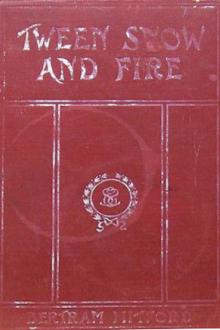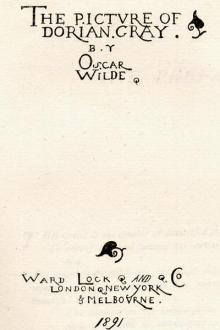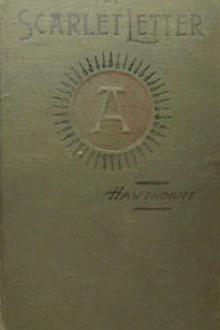Fugitive Slaves
Book Excerpt
Sometimes the penalties were even more severe, but the processes were much the same. A person who found a slave or vagabond without a pass usually took him before the next justice, who took cognizance of the captor's good service, and certified it in the next Assembly: the runaway was then delivered from constable to constable, until he was returned to his master.
After 1700 the process grows yet more elaborate; for example, take a North Carolina law of 1741. The securer of a runaway was to have seven shillings and sixpence proclamation money, and for every mile over ten which he conducted the fugitive threepence extra. When seized, runaways were to be whipped and placed in the county gaol. If the owner was known, he was notified and went for his slave; if not, a notice describing the runaway must be placed upon the door of the court-house, and sent to the clerk or reader of each church or chapel within the county. They were required t

 Free Download
Free Download























-itok=vcKIB5v1.jpg)
